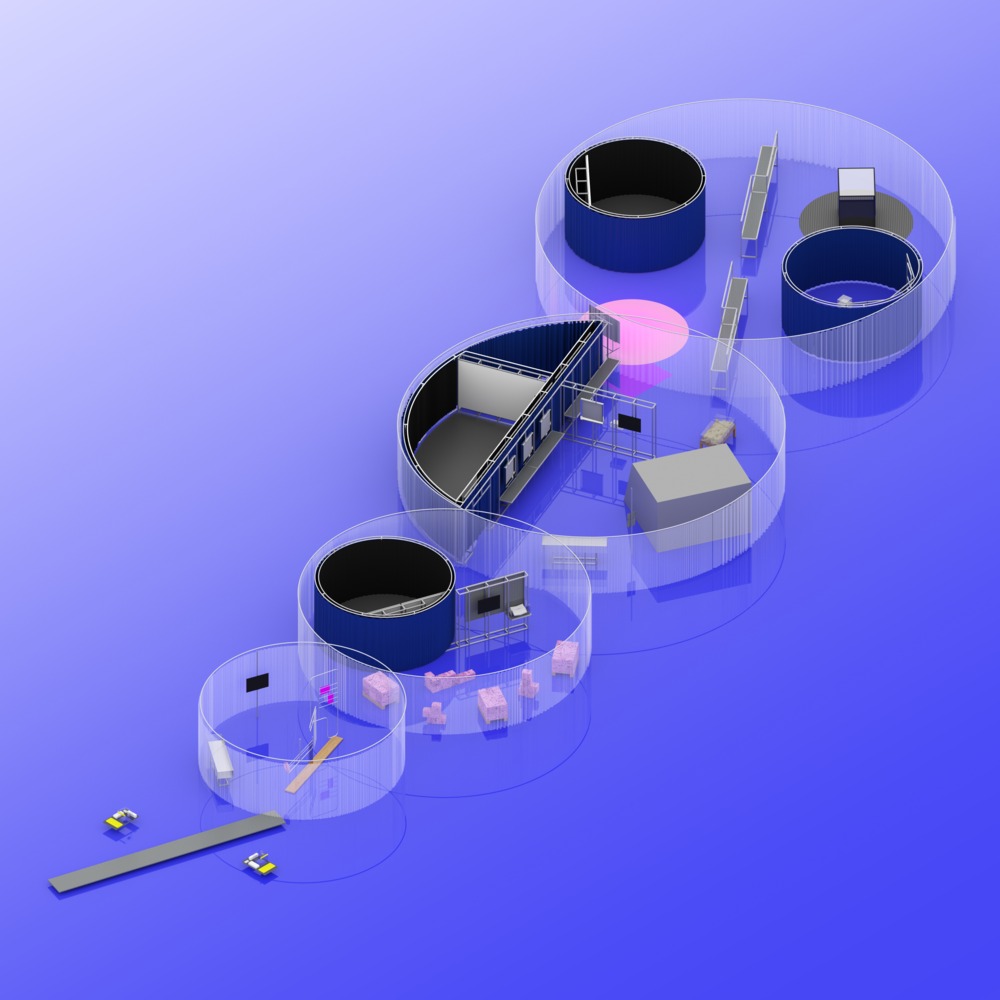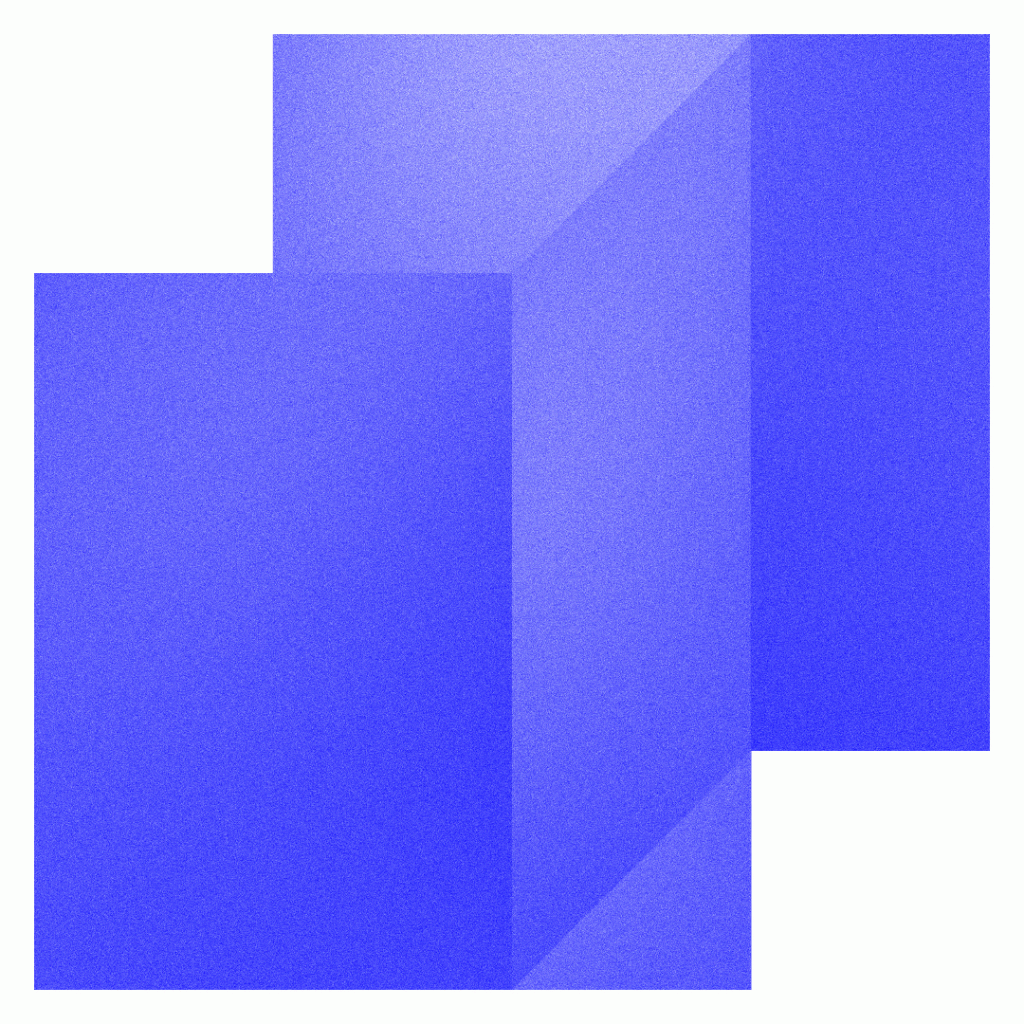
The exhibition commissioned by MAAT (Museum of Art, Architecture and Technology – Lisbon) looked at how the ocean has washed up inside our cities, homes and cultural institutions, and questions how we have interiorised the notion of an ocean kingdom.
Invented in the Victorian age, the aquarium as object embodies the nature/culture divide, and continues to constitute an ocean diorama, a self-contained world and a techno-natural assemblage, home to a living collection mirroring our own personal yet fictional marine world.
Therefore the aquarium – whether the domestic object or the public venue – has been viewed as the conceptual element that allows us to lay bare the hierarchical mechanisms that have underpinned our culture of living outside of nature: how should we intervene in this world-making process that occurs when our vision becomes limited by what we see?
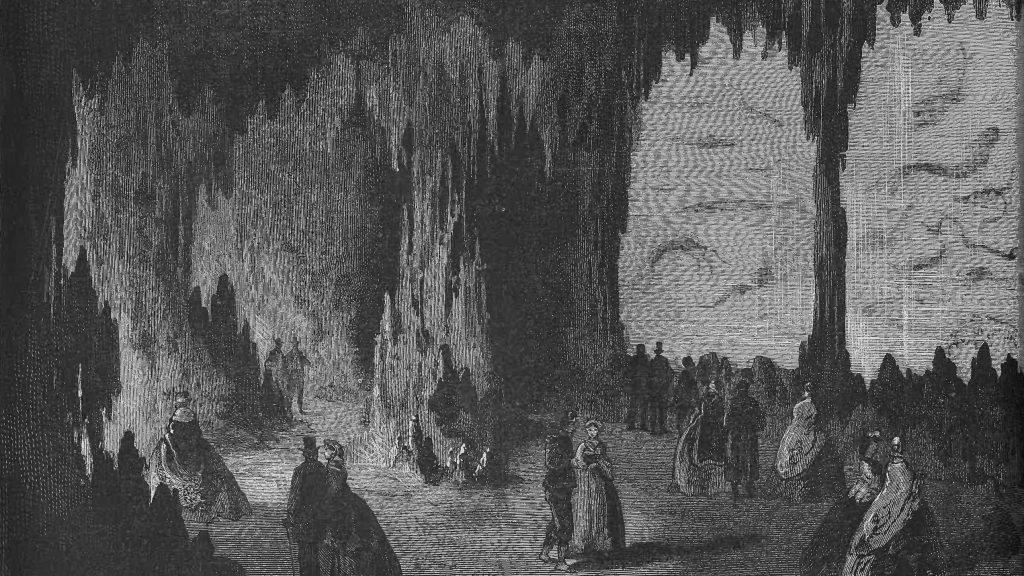
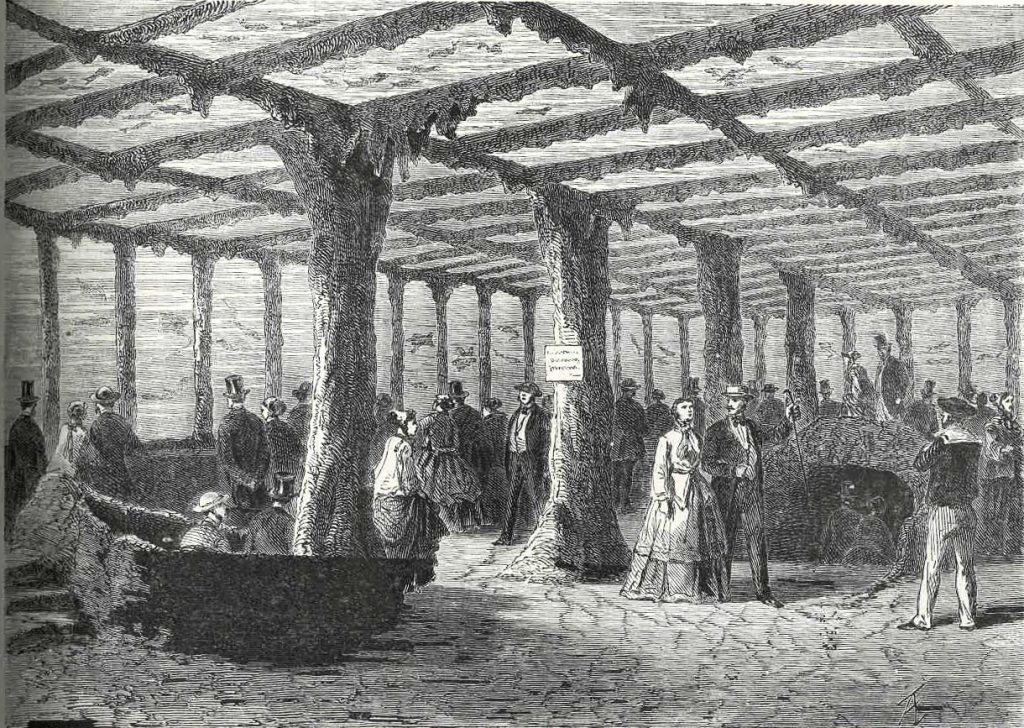
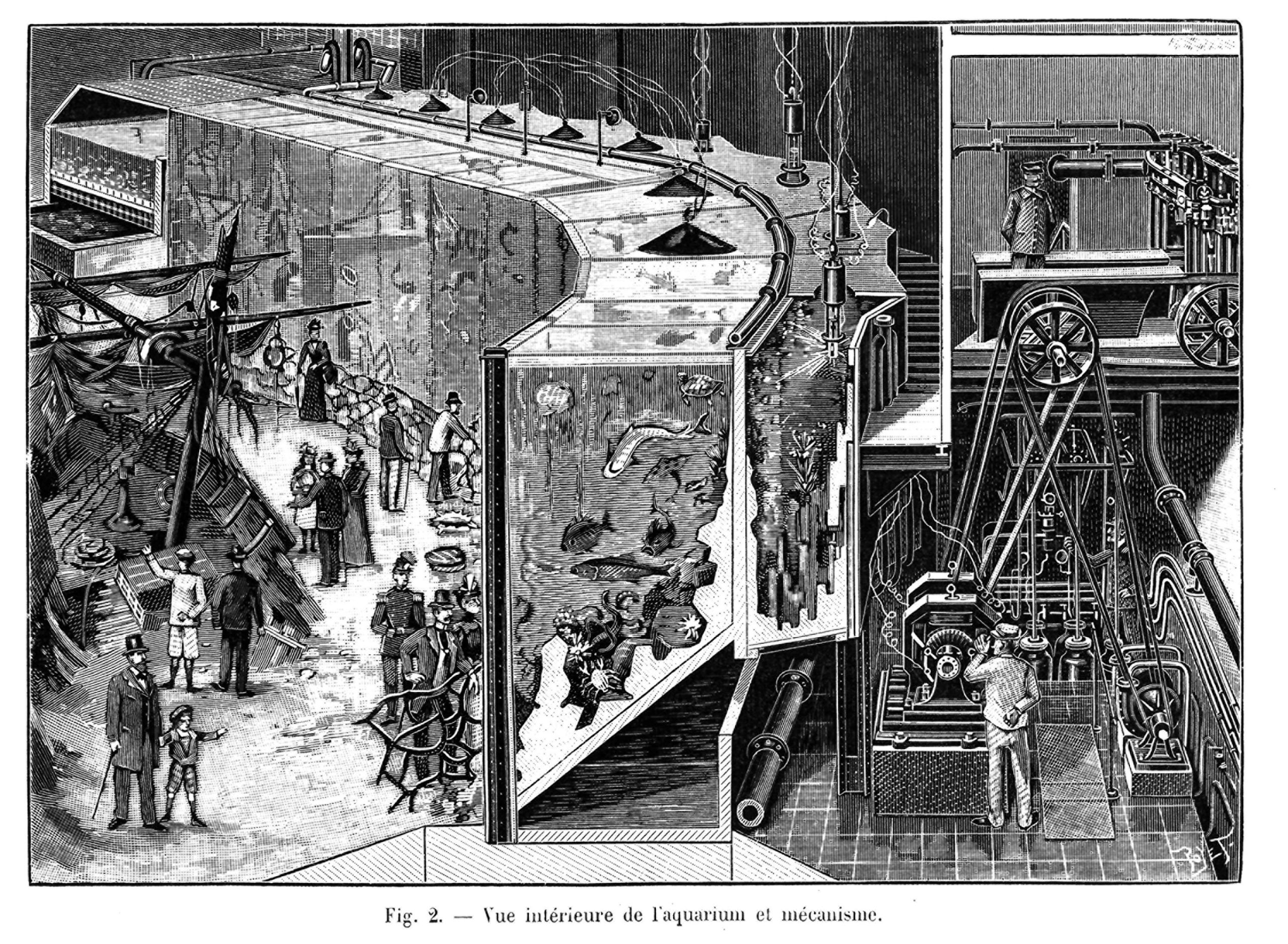
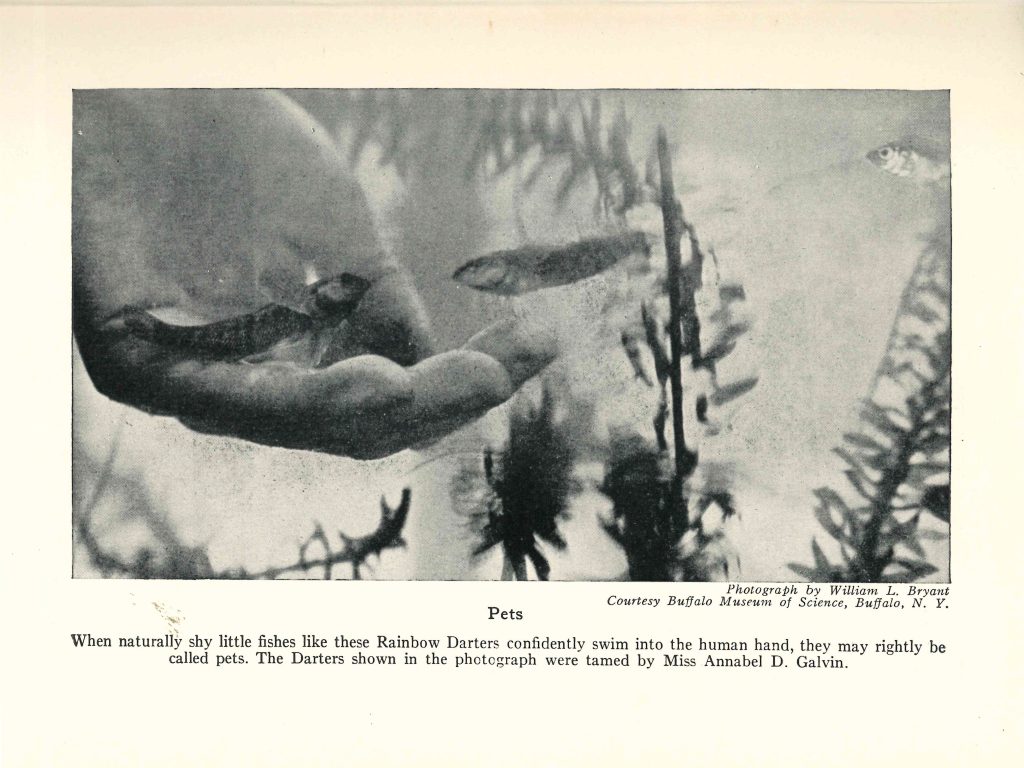
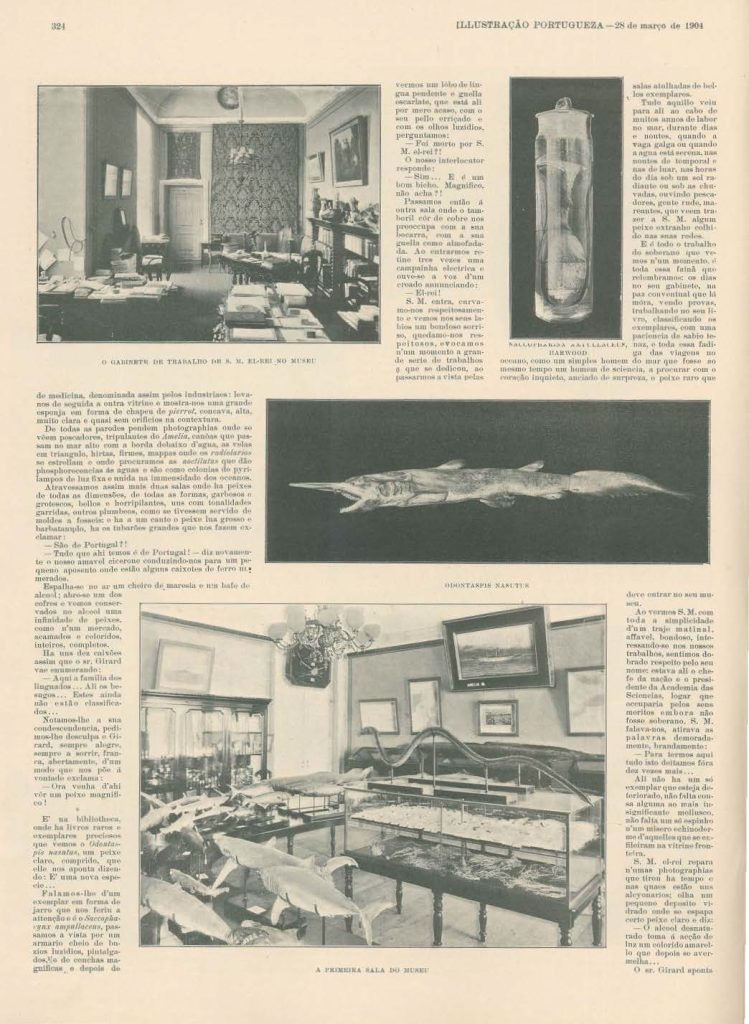
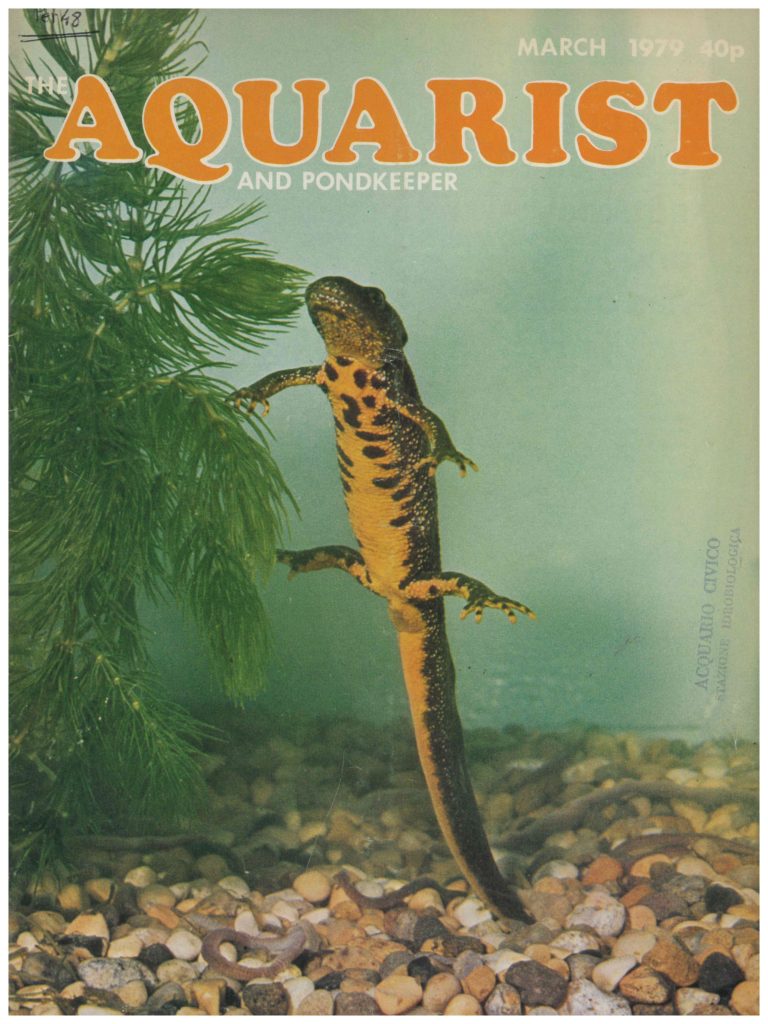
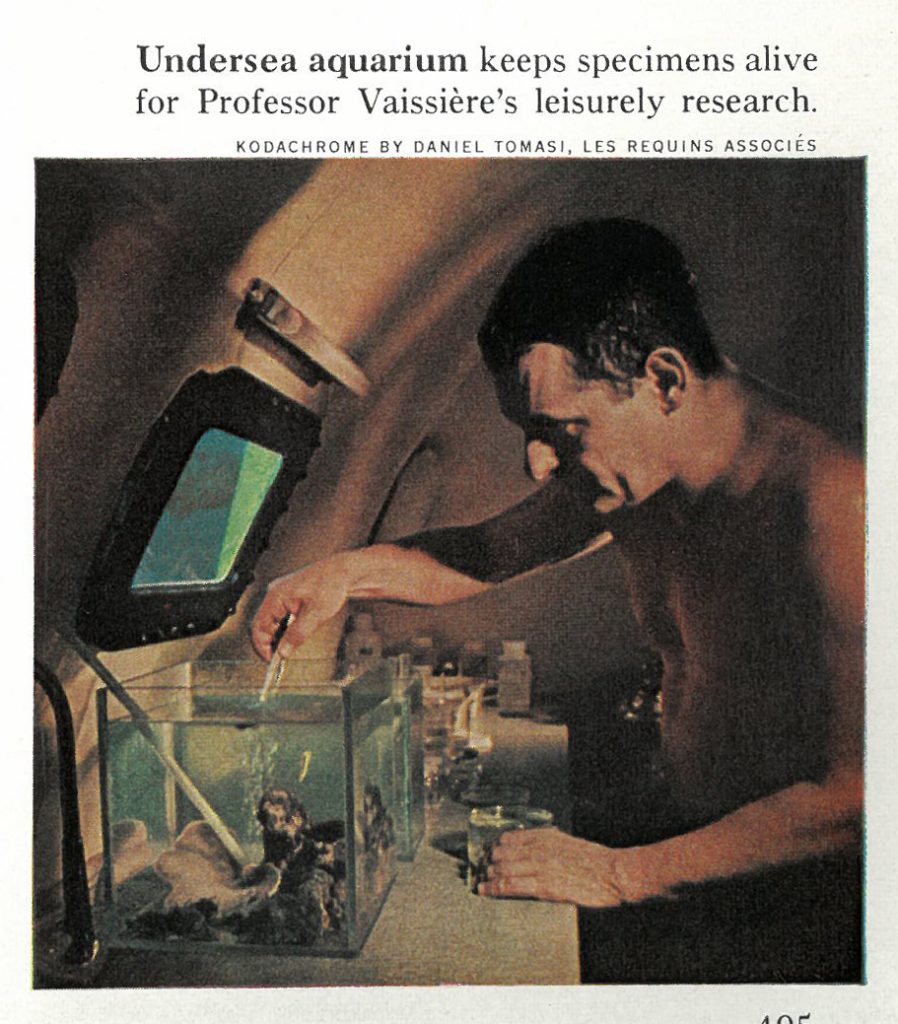
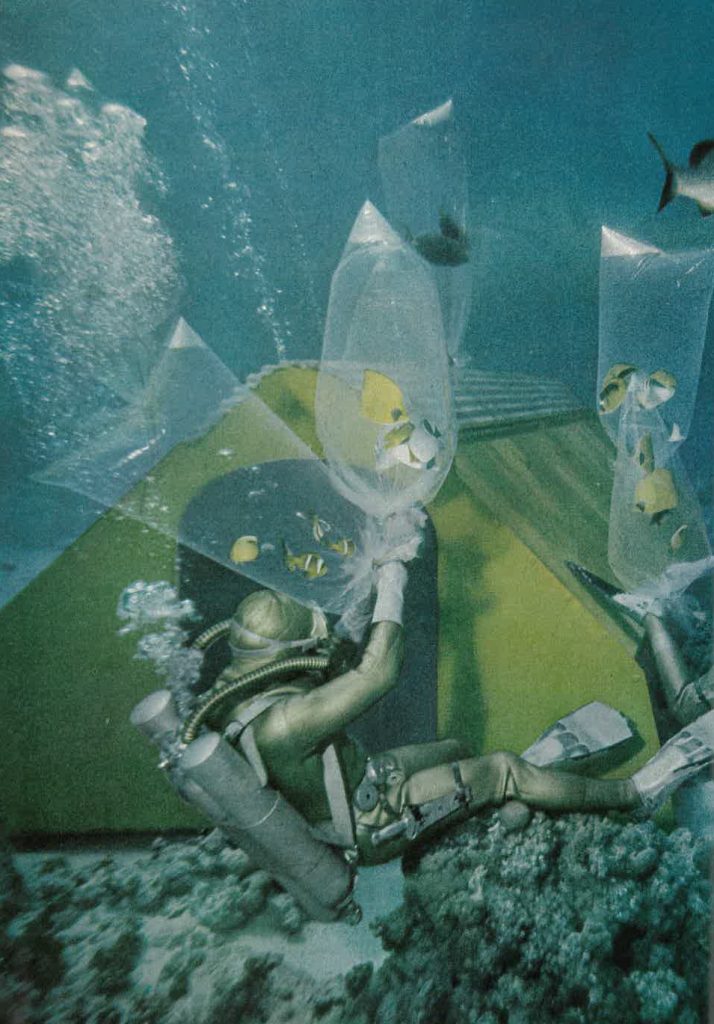
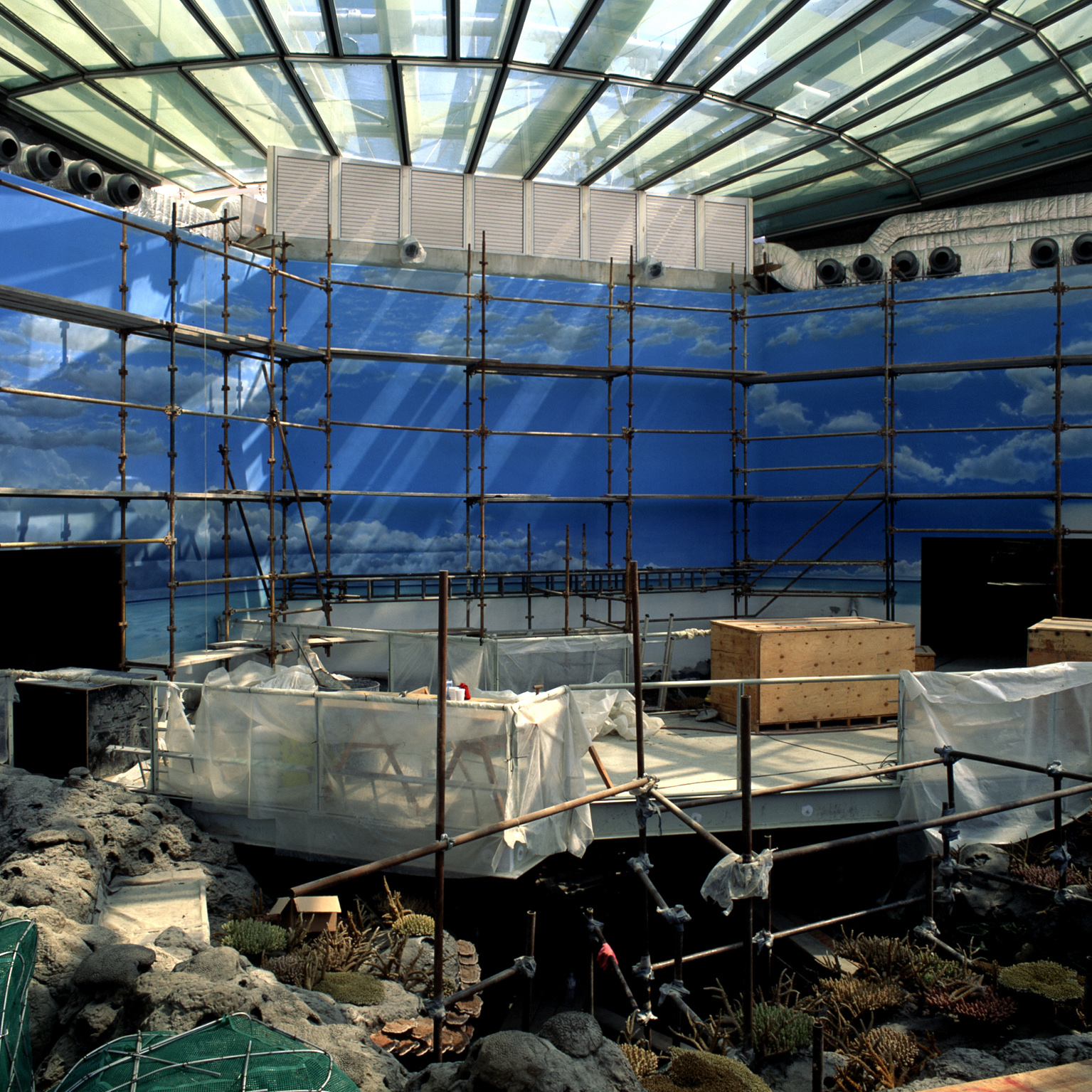
Design culture here emerges as that critical practice calling into question our conventional ways of inhabiting and experiencing the world, one subject to human control, the extraction of resources and the exploitation of other living beings. As 98% of ornamental fish are still caught in the wild, the aquarium – as a designed desiring machine – conceptually contains them all.
By reflecting on the new issues that any rethinking of our relationship with the marine world might come up against, the exhibition is organised from the microscopic to the transoceanic scale, and the path unfolds through eleven new and revised works that, by insisting on the reiteration of the bidimensional image and that of the screen – alluding to the two-way mediation of connection/separation imposed by the glass walls of aquaria – offer specific points of view to reveal aspects that generally remain shut off from our vision or even our imagination.
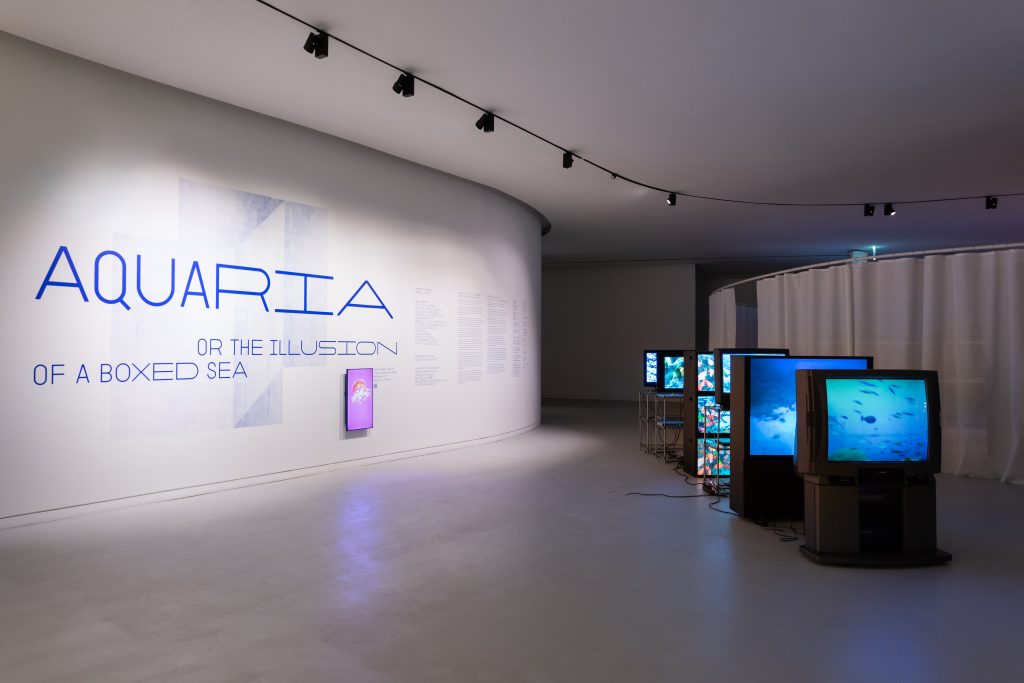
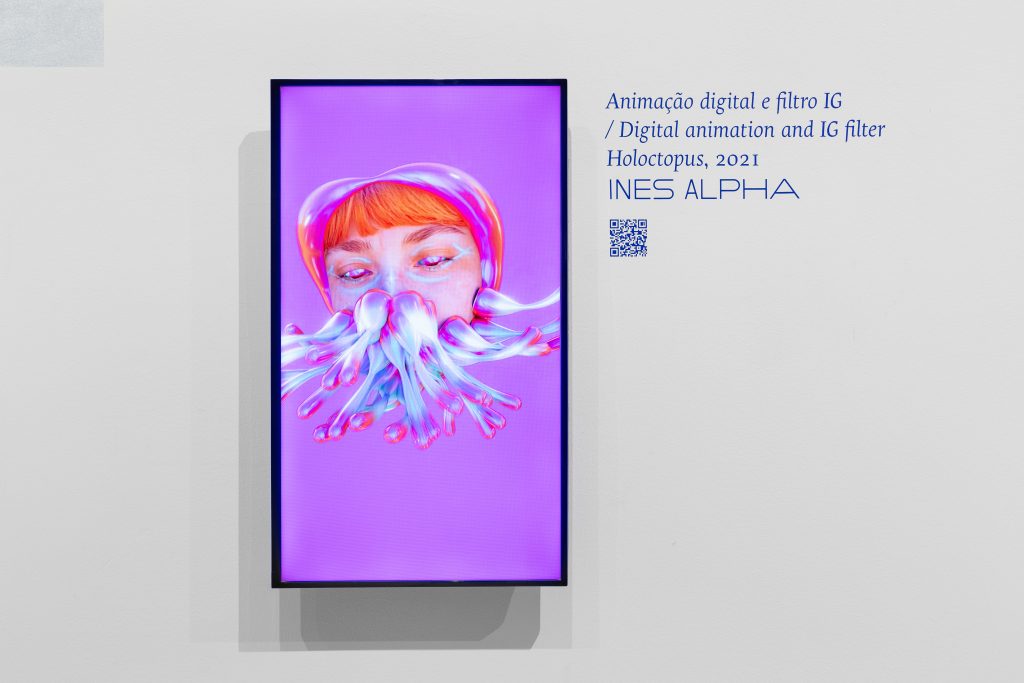
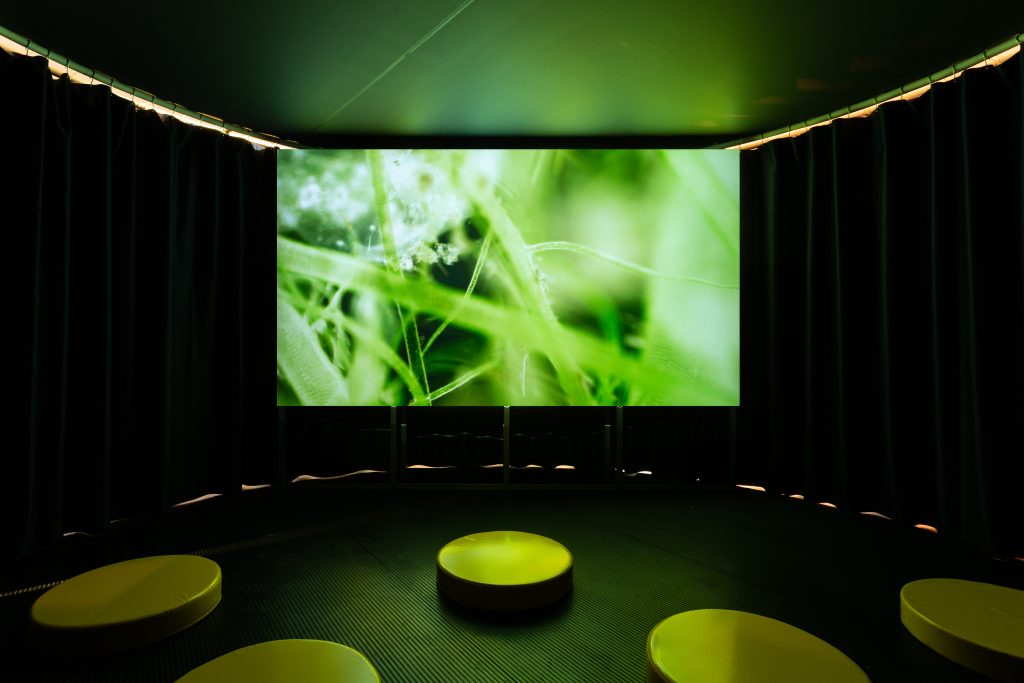
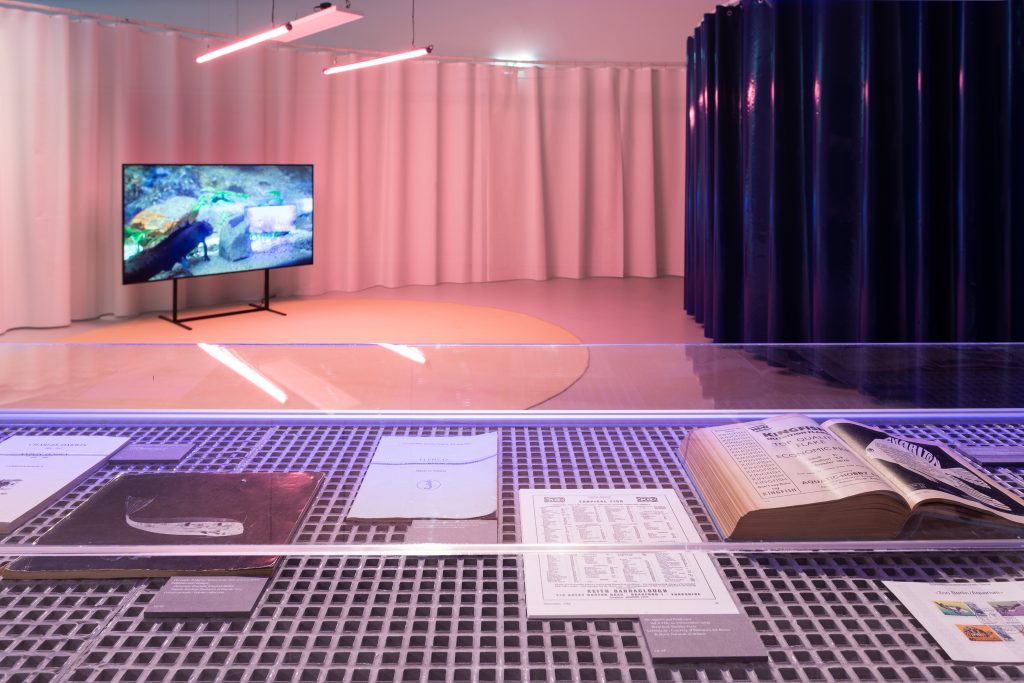
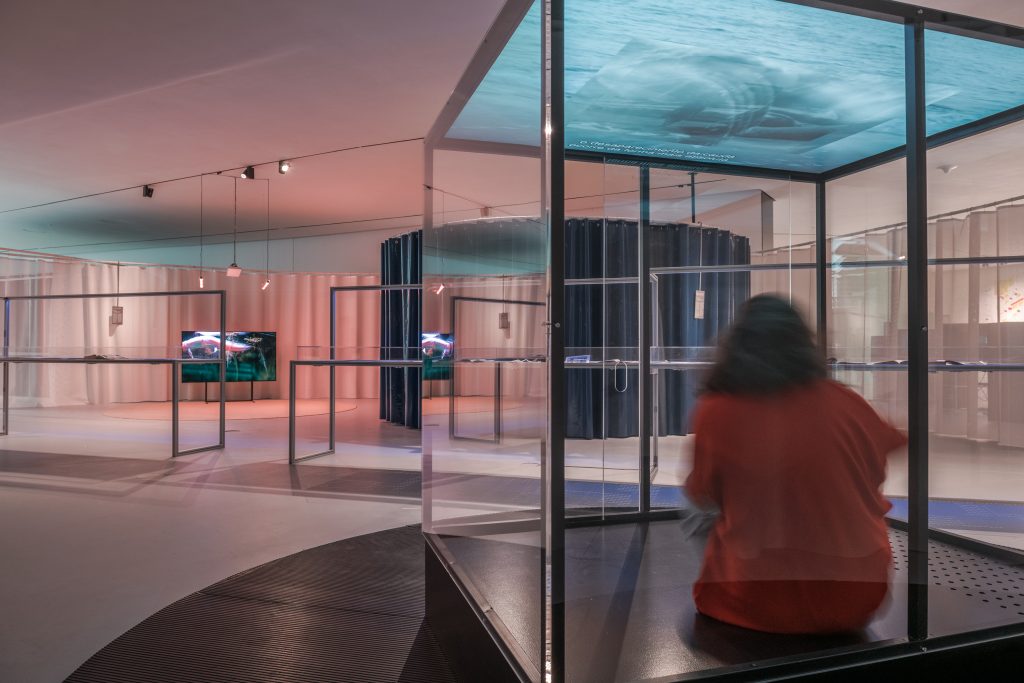
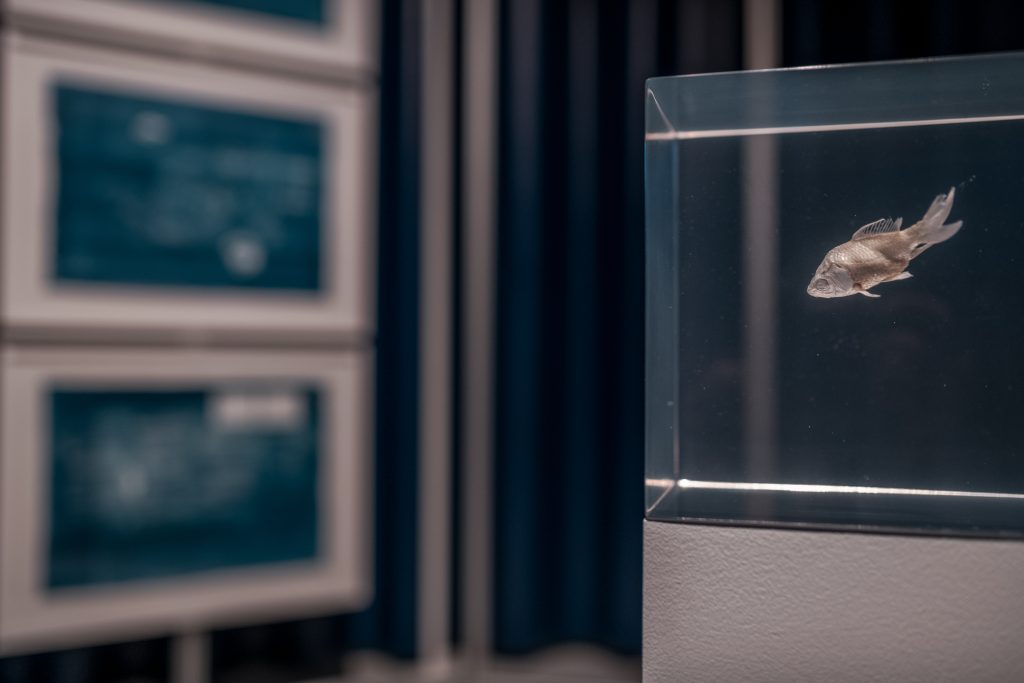
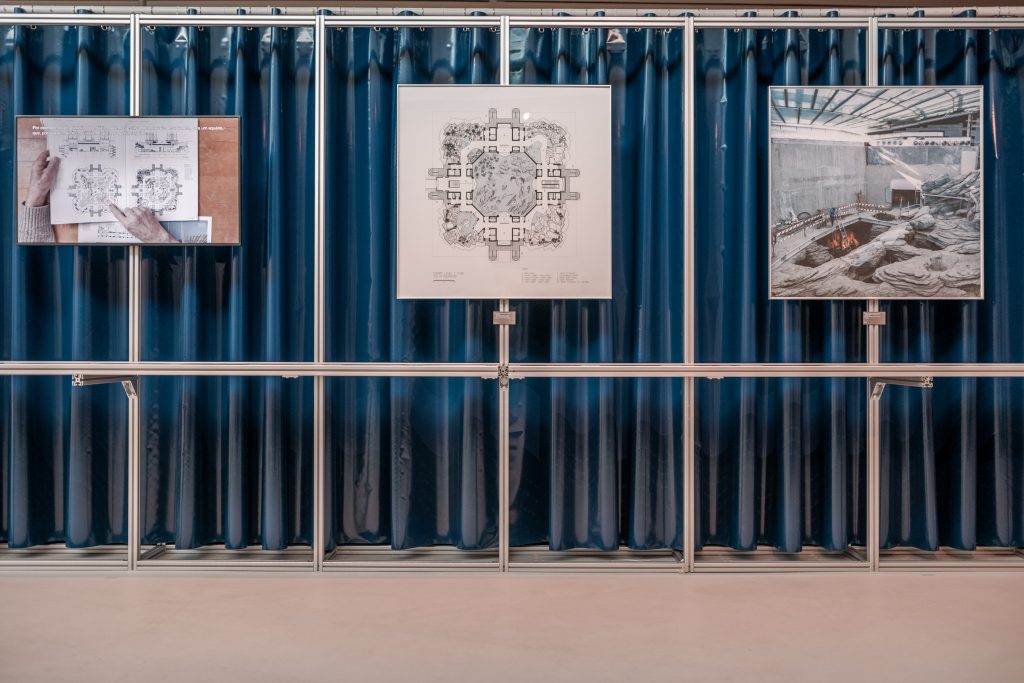
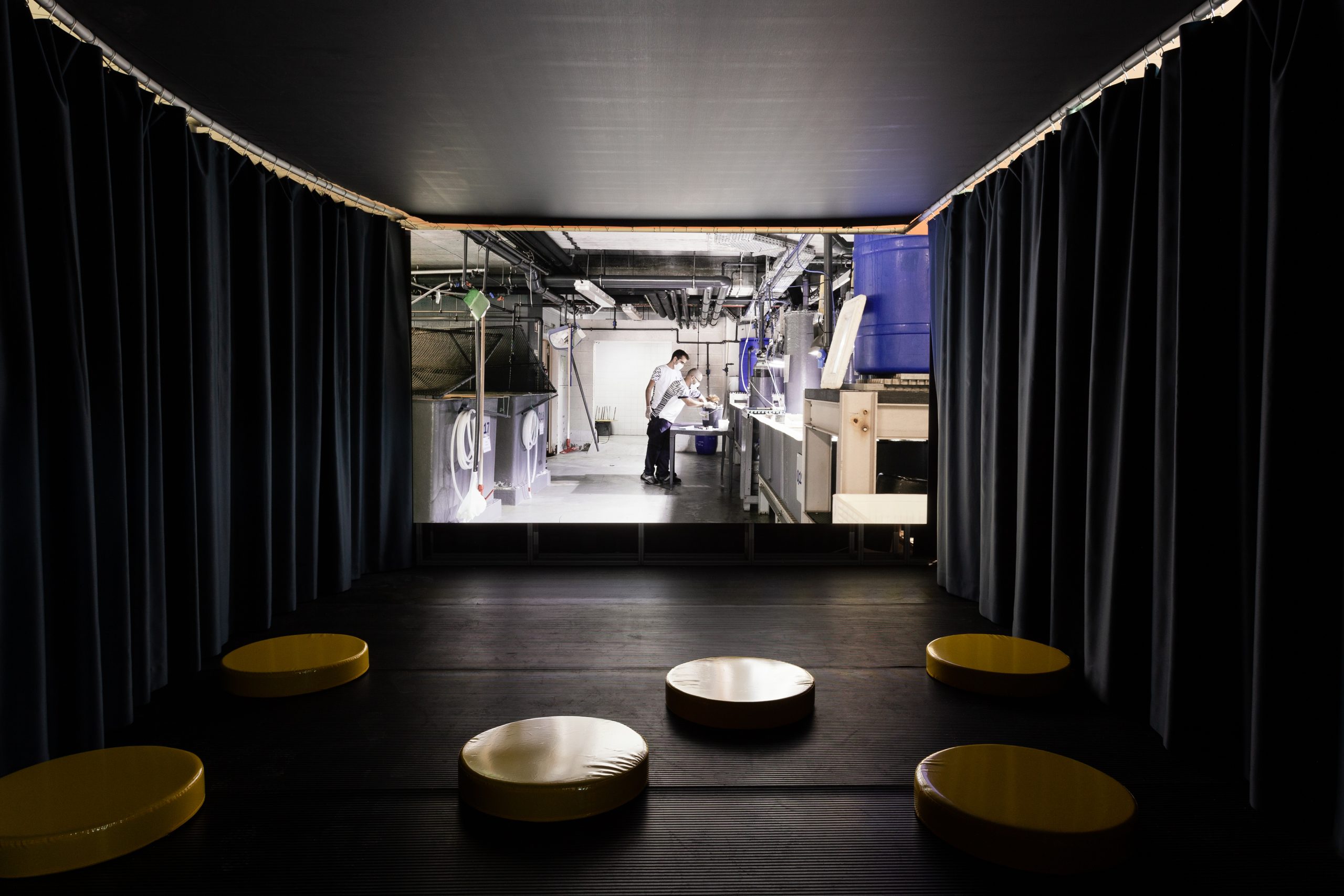
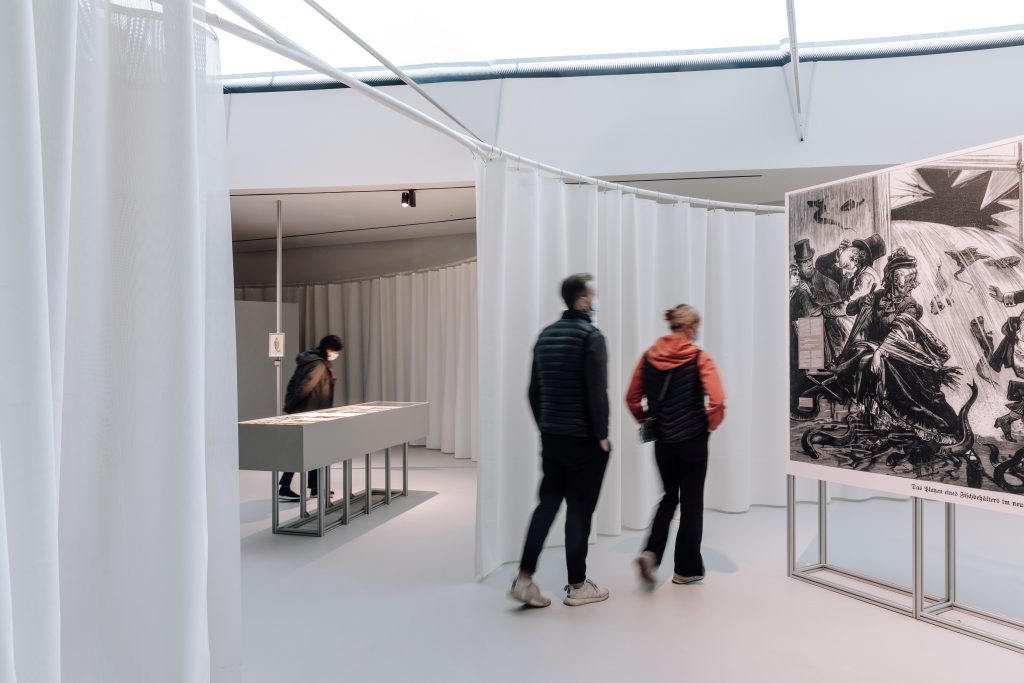
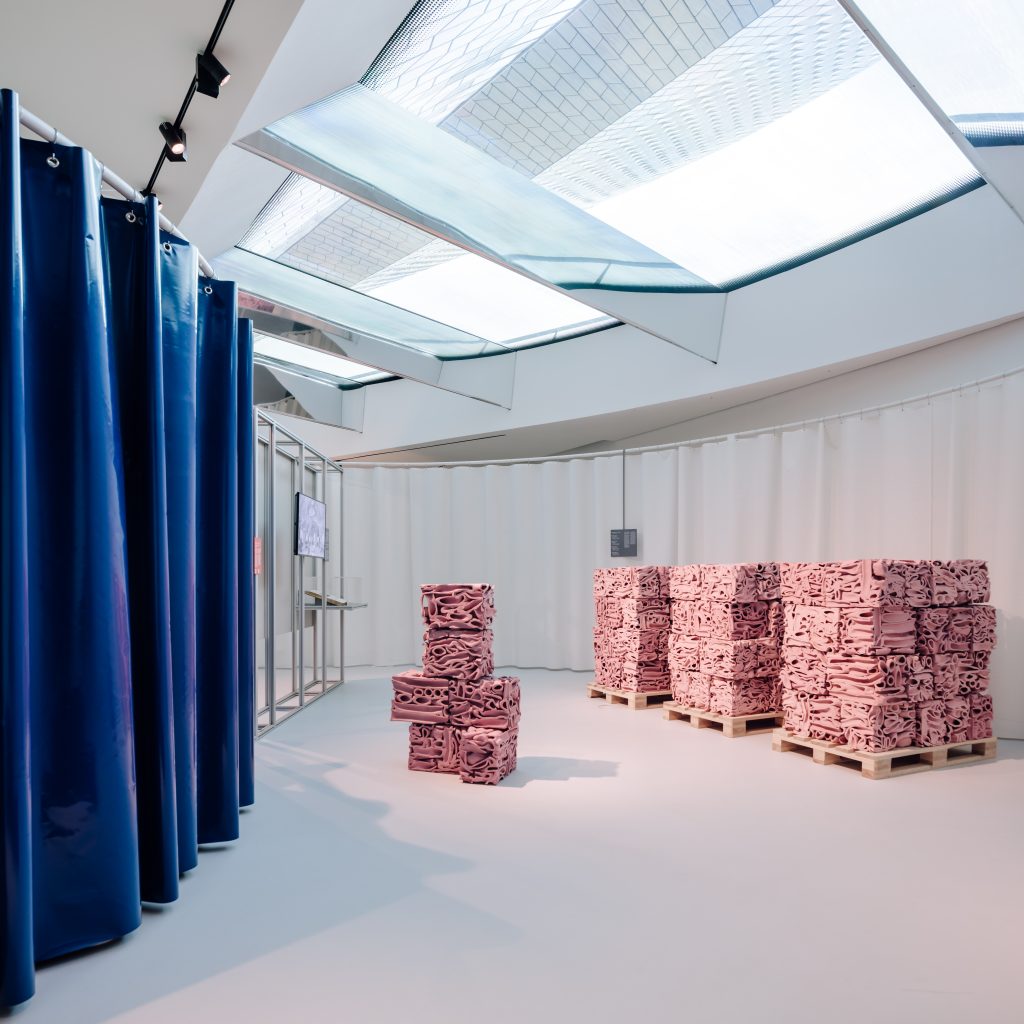
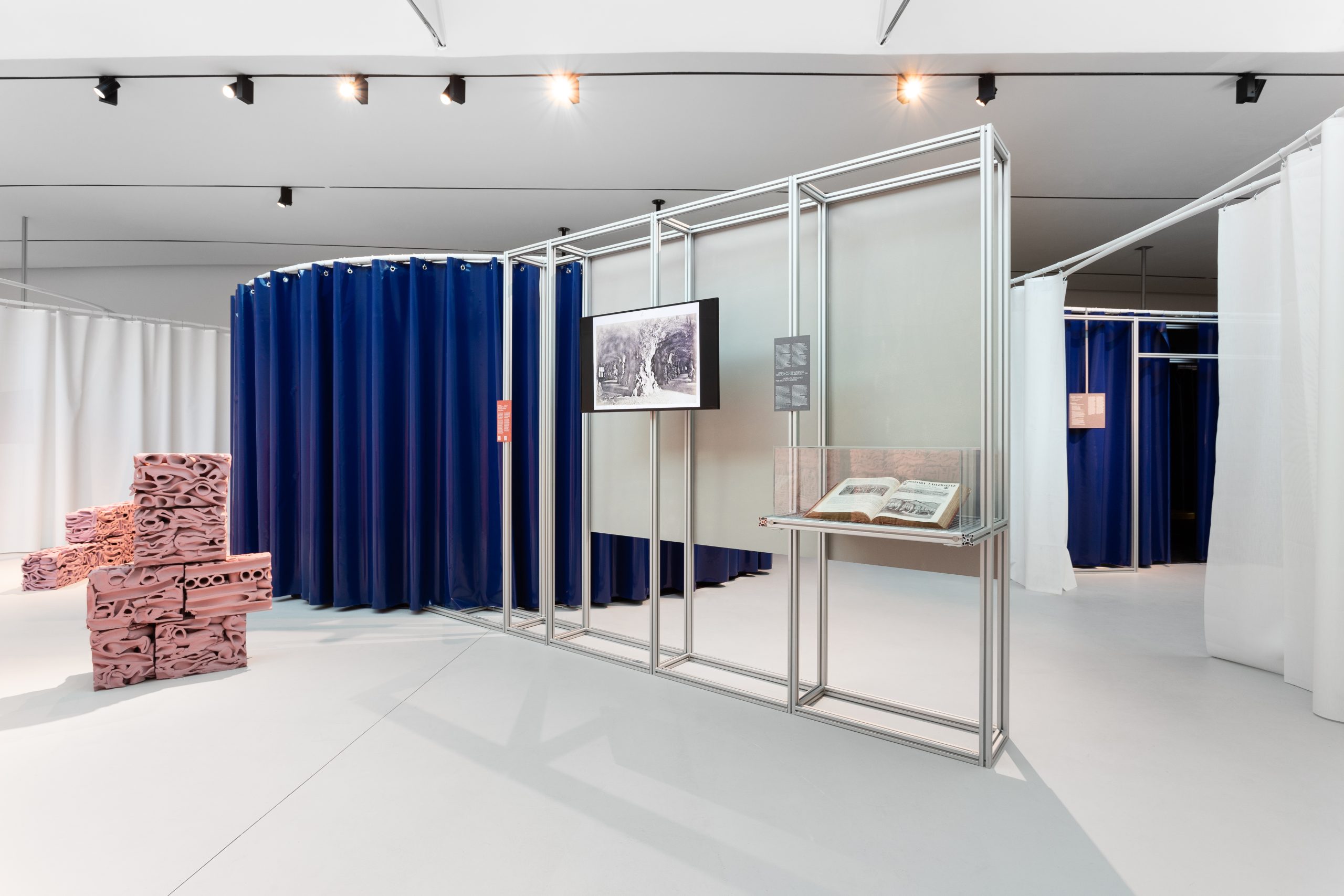
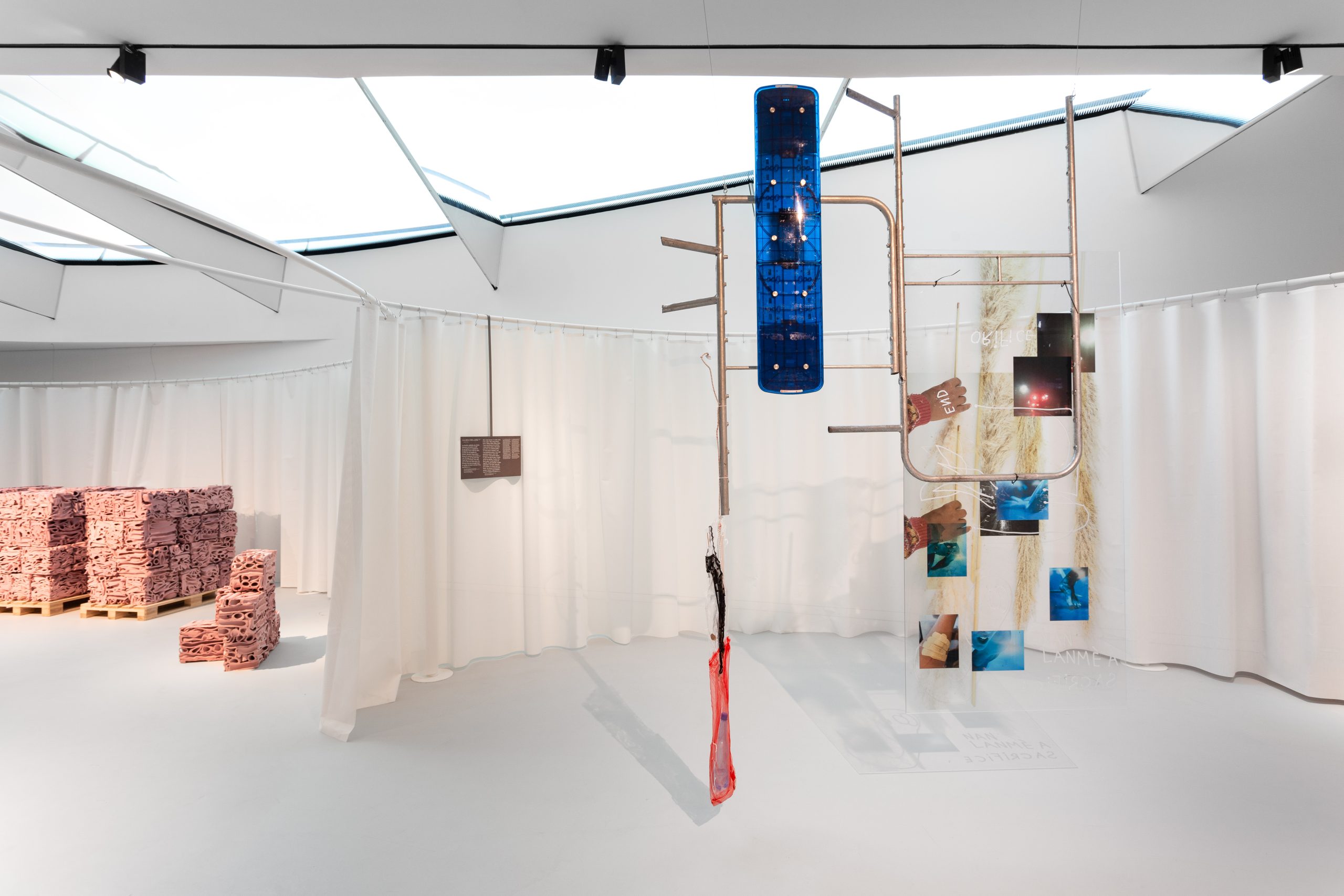
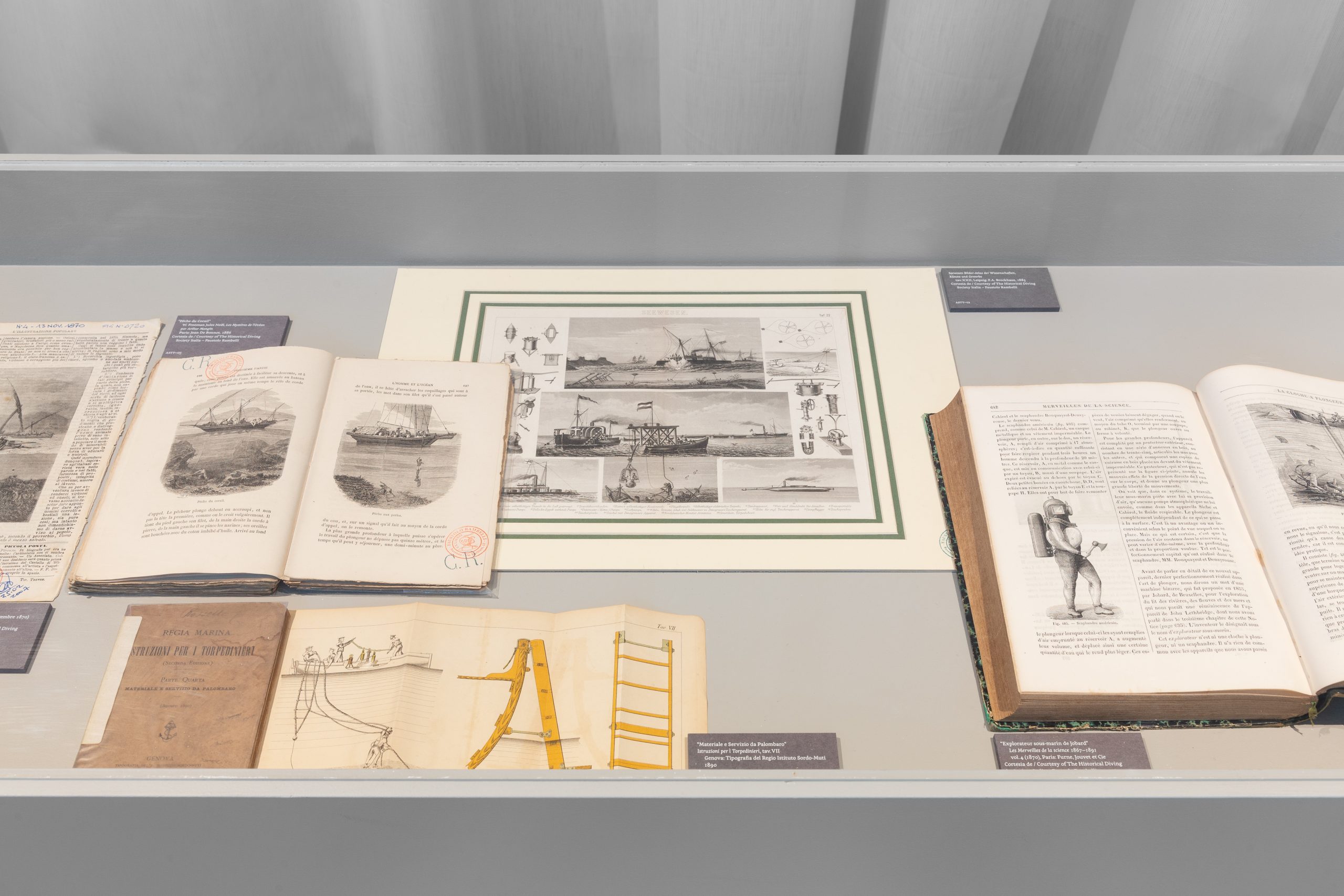
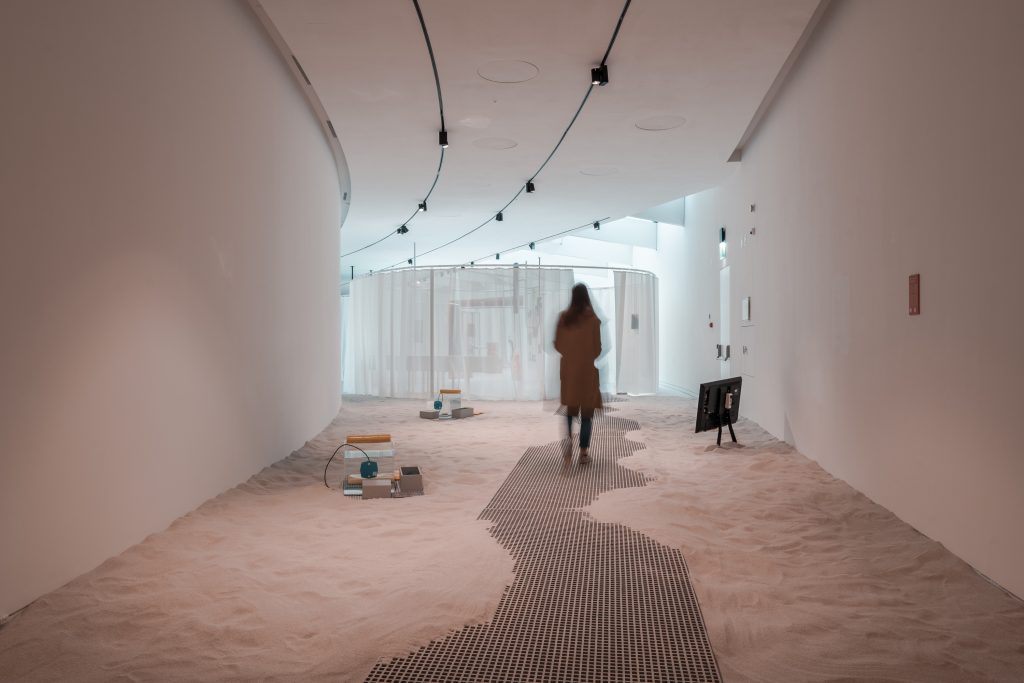
The exhibition included a selection of historical materials from international and Portuguese archives, seeking out parallelisms that thematise critical Western issues relating to oceanic knowledge, its transmission and extractive legacy. Meanwhile, a series of voices explored other kinds of interface, including care of more-than-human species and how this relates to human perception.
As part of the exhibition, a film commissioned to Armin Linke, which was realised entirely behind the scenes at the Lisbon Oceanarium, examines the multidimensionality of aquatic architecture, in which the wonders of nature are displayed through hidden, well-orchestrated technology.
As part of the exhibition, a film commissioned to Armin Linke, which was realised entirely behind the scenes at the Lisbon Oceanarium, examines the multidimensionality of aquatic architecture, in which the wonders of nature are displayed through hidden, well-orchestrated technology.
The exhibition design by studio 2050+ works on the notions of interface and threshold and acted as an exploded aquarium, where hierarchical relationships are neutralized. Aquaria’s visual identity was designed by studio òbelo and it aims to unsettle the viewer’s gaze by generating a self-reflective awareness of the ambiguities of perception. A relevant public program included a special collaboration with TBA21–Academy (Thyssen-Bornemisza Art Contemporary) that has pioneered research and engagement programs around the ocean and its vulnerabilities with a trademark interdisciplinary approach.
Curator: Angela Rui
Works by: Revital Cohen & Tour Van Balen, Julien Creuzet, Michela de Mattei, Simon Denny, Marjolijn Dijkman & Toril Johannessen, Alice Dos Reis, Eva Jack, Joan Jonas, Armin Linke, Superflex, Stef Veldhuis.
Exhibition design: 2050+ (Ippolito Pestellini Laparelli, Massimo Tenan, Guglielmo Campeggi)
Graphic design: studio òbelo (Claude Marzotto, Maia Sambonet)
Research and archive assistance: Martina Motta
Local research contribution: Marta Jecu
Special commission by Armin Linke developed with the scientific support of: Oceanário de Lisboa / Fundação Oceano Azul
Archive materials from:
Biblioteca del Museo di Storia Naturale di Milano, Biblioteca Sormani – Milano, The Historical Diving Society Italia, Biblioteca Central de Marinha – Lisboa, Museu de Marinha – Lisboa, Hemeroteca Municipal de Lisboa, Aquário Vasco da Gama – Lisboa, Arquivo Municipal de Lisboa, Arquivo Municipal de Oeiras.
